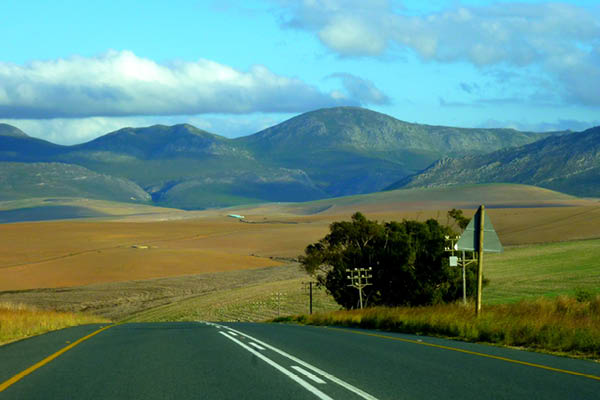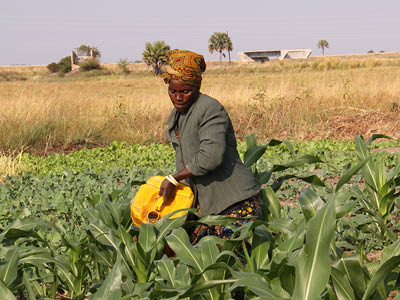Research Brief
Food production competitiveness and regional growth in southern Africa
The animal-feed-to-poultry value chain
15-20% of local demand for poultry in South Africa is met by imports
Evidence from Zambia suggests that capital investments in the value chain can increase local production
Increased demand due to growing urban populations poses critical challenges for local industrialization in southern Africa. Such challenges are exemplified by the animal-feed-to-poultry value chain, which represents the largest protein source for consumers in the region. Production of poultry has increased in the region, though the countries remain net importers. With capital investment, there is potential to build a competitive poultry industry across southern Africa. Zambia provides a good example of how this might be achieved.
Rapid demand growth in animal-feed-to-poultry value chain
Commercial poultry has seen rapid demand growth in Southern Africa as the most important source of protein. Although almost all countries in Southern African remain net importers of poultry, production in the Southern African

Development Community (SADC) region has increased substantially. South Africa’s imports of poultry come from Europe, North America and South America, accounting for 15-20% of local demand. Shifting to sources from the region would require a major growth in production of poultry. As the major cost component of poultry is feed, efficient poultry production requires a low-cost feed source.
This critical linkage back to the animal feed sector highlights the importance of areas with strong agricultural potential. Growth has already occurred rapidly in places where it is possible to substantially expand production of maize and soya, the main components of animal feed.
A competitive industry requires coordination
All components of the supply chain must be brought together to build a competitive industry across southern Africa. At the beginning of the value chain are feed and breeding stock, the two main inputs to poultry meat production. Feed requires processing facilities such as for the crushing of soya beans and the milling of maize. Breeding operations supply day-old chicks, which are fed to maturity—a production step where there are significant economies of scale. The chickens have to be then slaughtered, processed and transported to demand centres such as retail outlets and the fast food industry, requiring investments in abattoirs, transport infrastructure in cold chain distribution.

Zambia: A value chain success story
One example of successful growth comes from Zambia, which began implementing a ten-year plan starting in 2005 to encourage rapid growth from agricultural production through to poultry. The plan has resulted in an almost tripling of poultry production over the decade. Animal feed growth outpaced poultry, and has changed the country into a net exporter of animal feed, with the bulk of volume flowing to neighbouring countries such as the DRC, Zimbabwe and Malawi. The main investments have been made by the largest three regional companies, Rainbow, Astral and CBH, including through local partnerships. However, while the main companies are all regional in scope, there is no coordinated regional policy to address obstacles to improved competitiveness and higher levels of growth.
Lessons learned
Industrial development policies should target important value chains, such as poultry, combining financing of productive capacity with support at different levels of the value chain.
In order to move away from deepwater imports southern African countries should invest in the animal-feed-to-poultry value chain
Countries should prioritize transport investments and policies to foster a competitive regional poultry value chain
A coordinated regional policy is needed to encourage competitiveness and further growth
Transport and logistics efficiencies are critical factors in improving the competitiveness of regional value chains given the distances between promising producing regions, such as those in Zambia, and major demand centres, like Gauteng in South Africa.
 Join the network
Join the network